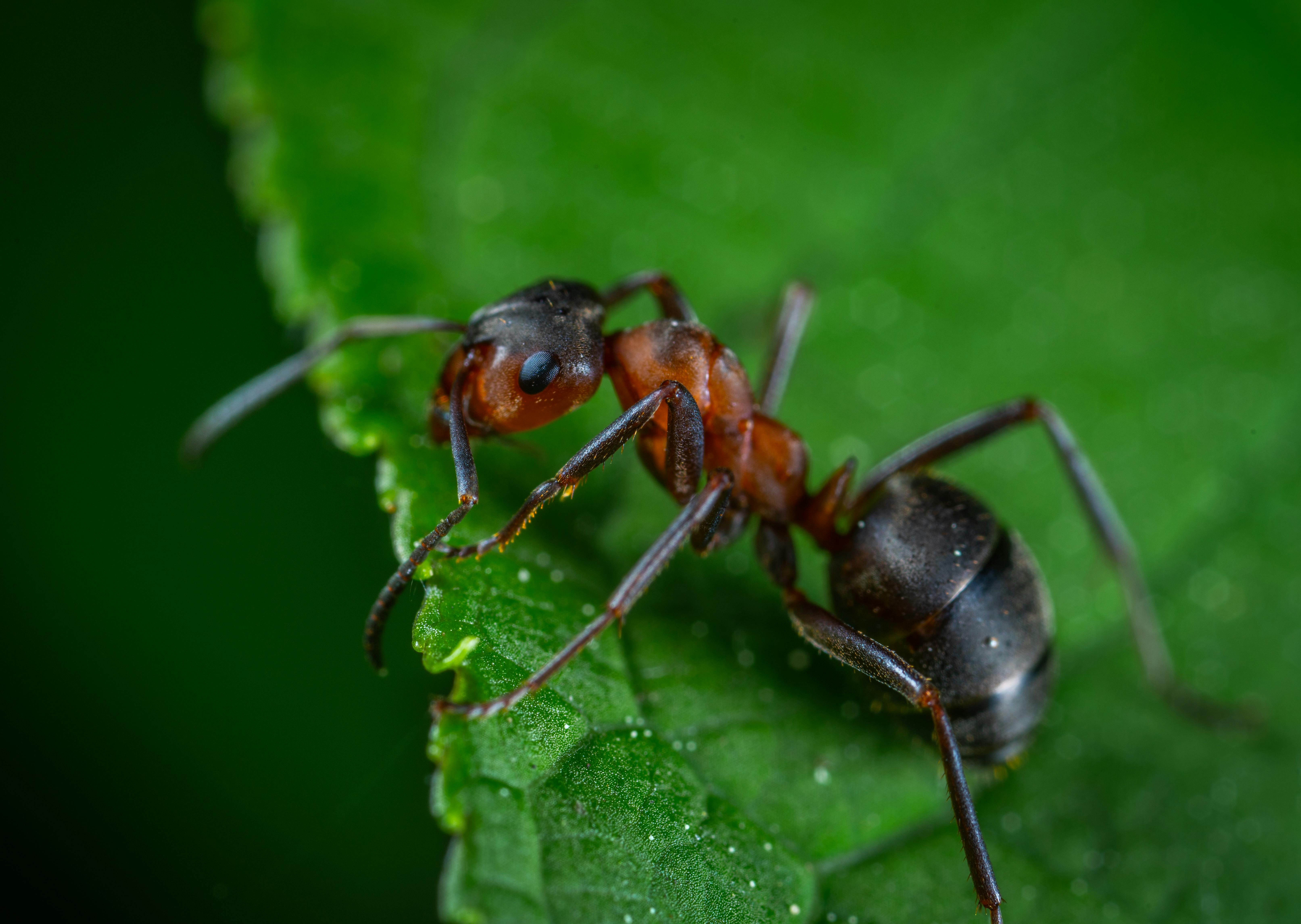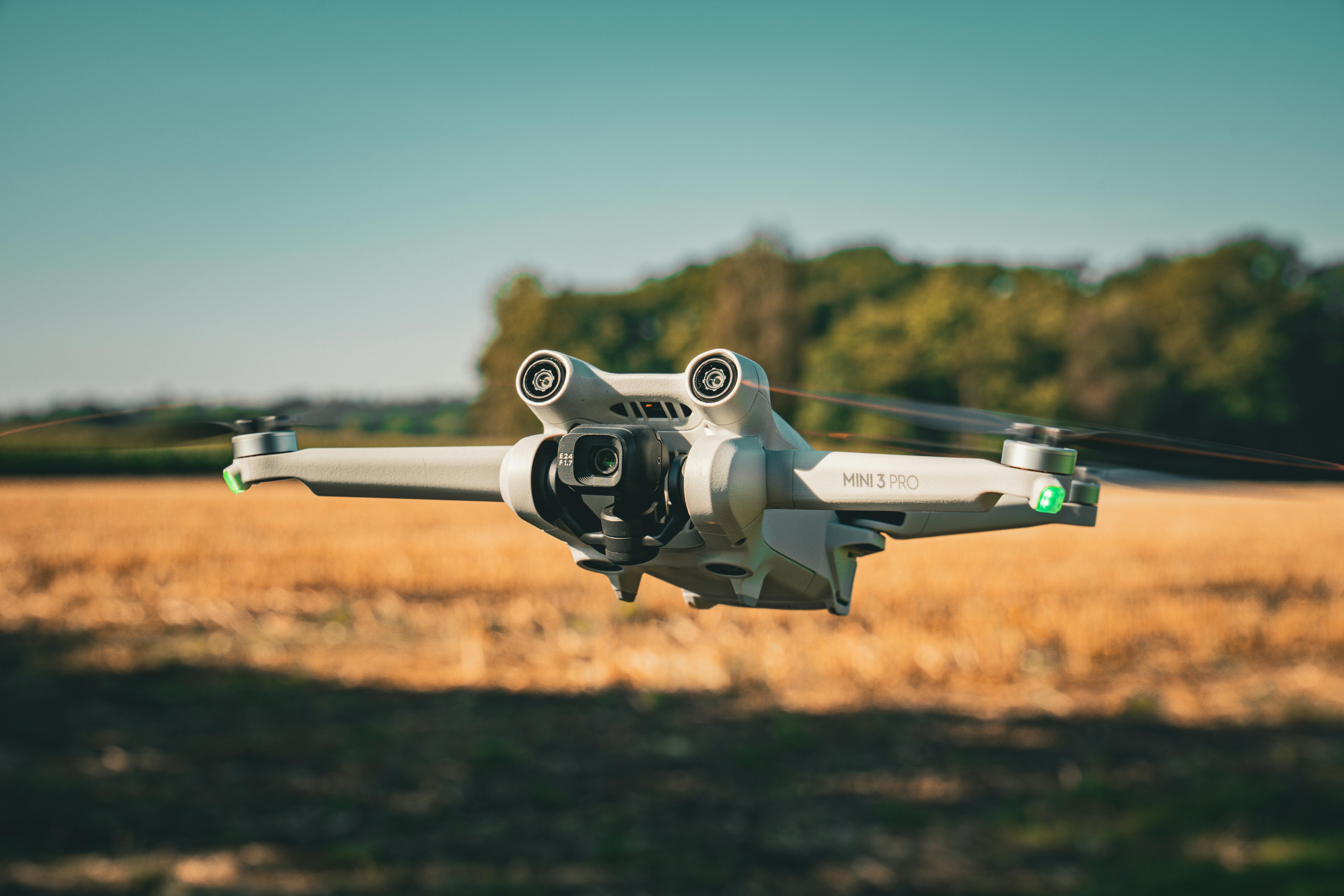The Intriguing World of Insect Pets: A Closer Look at the Ant Farm Phenomenon
Ant farms have been a captivating presence in classrooms and homes for years. They serve as a window into the fascinating world of these often overlooked creatures, their complex social structures, and their diligent work ethics. A world of tunnels and chambers bustling with activity, a colony of individuals working in perfect harmony – welcome to the intriguing universe of ant farms. Despite their small size, these fascinating creatures offer a wealth of insight into a unique aspect of nature, and their miniature world can be a captivating pet project for animal lovers.

Background: The Rise of Ant Farms
Ant farms, also known as formicariums, were first popularized in the mid-20th century. Milton Levine, often dubbed the “Uncle Milton” of ant farms, came up with the idea after observing an anthill during a picnic. These formicariums were an immediate success and have remained a popular educational tool and pet project. They offer an insightful glimpse into the ants’ intricate tunneling systems, their social order, and their relentless work ethic.
Current Trends: Ant Farms in the Digital Age
Today, ant farms have evolved with the digital age. The traditional sand or soil medium has been replaced with a nutrient-rich gel that also feeds the ants, invented by NASA for space experiments. There are also virtual ant farms available as mobile apps, offering an interactive experience without the need for live ants. However, many enthusiasts still prefer the traditional formicariums for a more authentic experience.
The Investment: Price Range and Market Impact
Ant farms are generally inexpensive, making them an accessible pet project for many. Basic models can start from $10 to $20, while more complex or custom designs can go up to $100 or more. The market for ant farms has been steady, with a noticeable surge in interest during the pandemic as more people spent time at home and sought out new hobbies.
Understanding the Appeal: Why Ant Farms?
Ant farms provide a unique pet experience. Unlike traditional pets, ants require minimal care and offer an educational perspective. They demonstrate complex social behavior, division of labor, and problem-solving skills, making them fascinating subjects of study. Additionally, maintaining an ant farm can also instill values of patience and responsibility, especially in younger enthusiasts.
The Future: Conservation and Beyond
While ant farms are primarily seen as an educational tool or hobby, they also have a role in conservation. Some species of ants are endangered or threatened, and responsible ant farming can contribute to their preservation. Additionally, research derived from ant farms can enhance our understanding of these creatures and potentially apply their efficient work systems and complex social structures to human contexts.
In a world increasingly disconnected from nature, ant farms offer a small but significant window into the intricate workings of the natural world. They remind us of the complexity and wonder that can be found in even the smallest corners of our planet. Whether as a hobby, an educational tool, or a step towards conservation, ant farms undoubtedly have a unique place in the realm of pet ownership.





